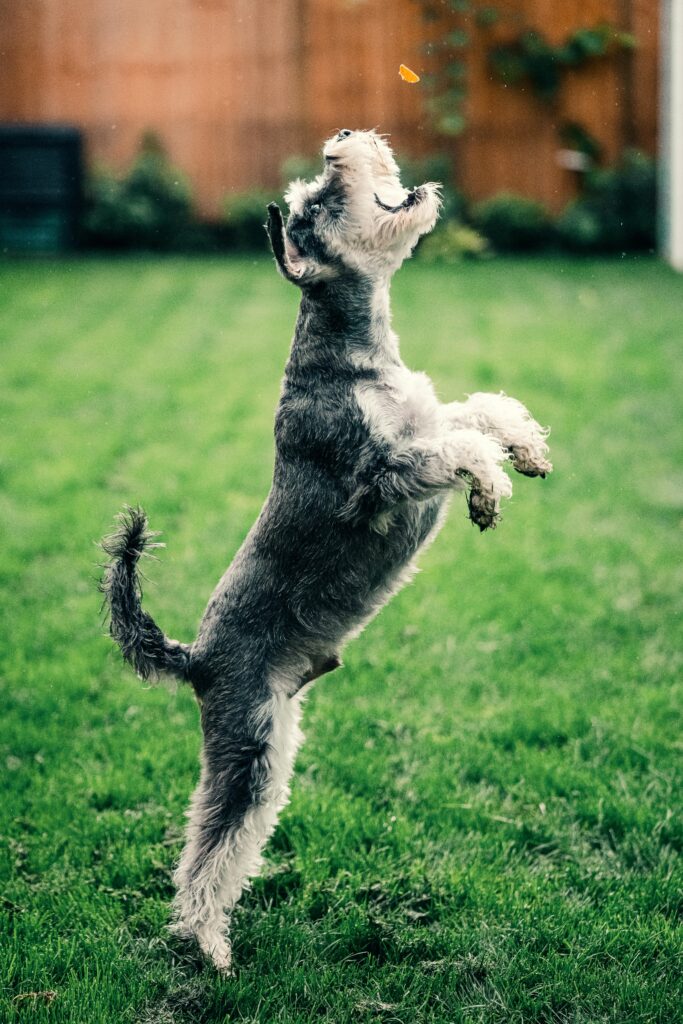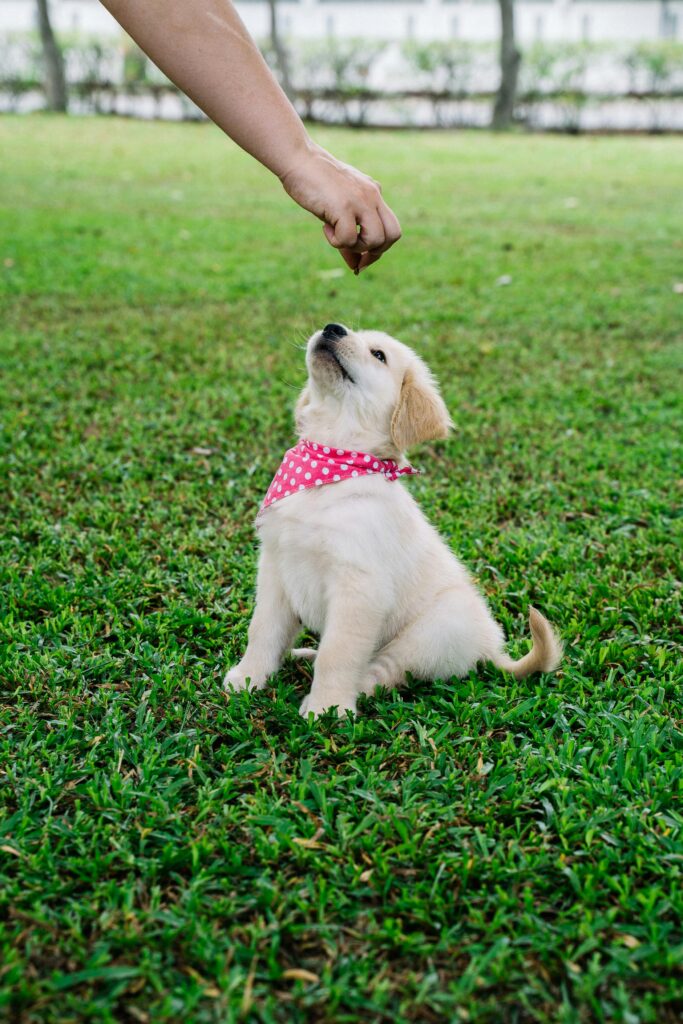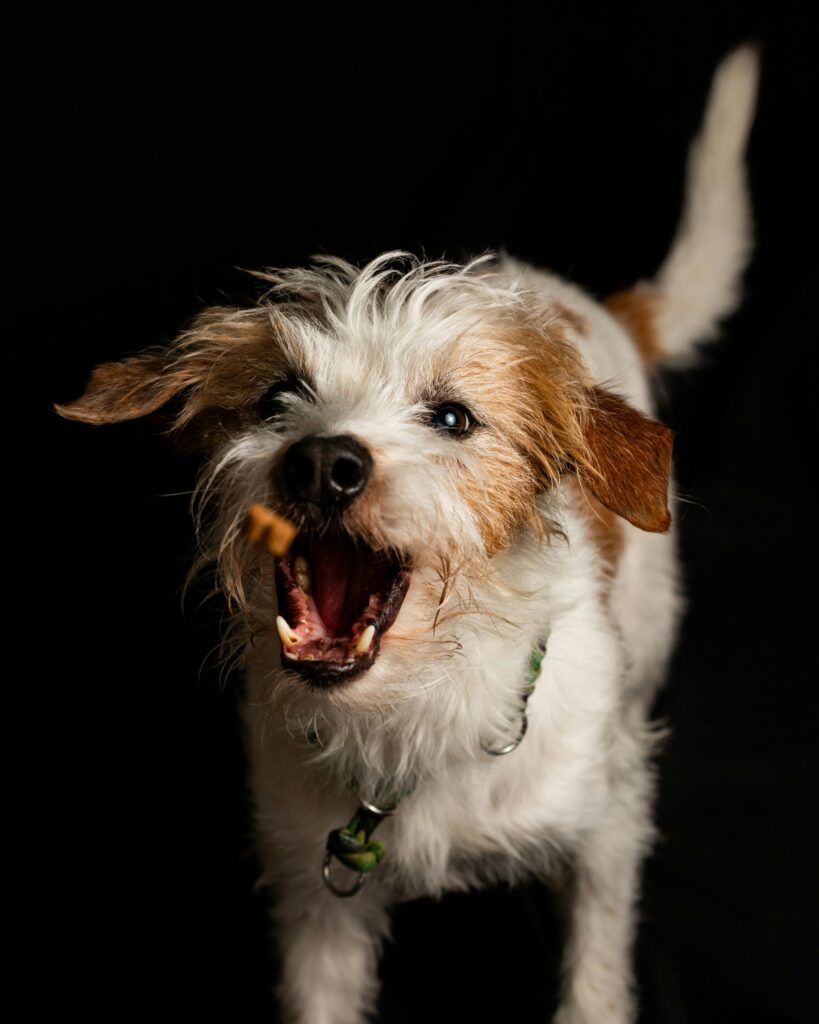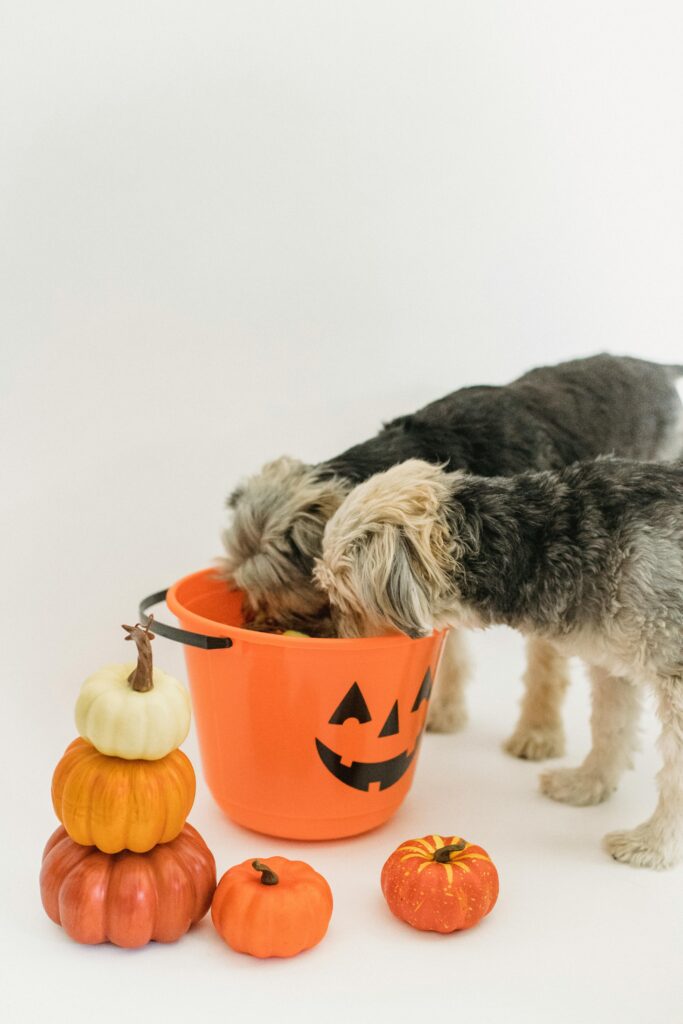Positive reinforcement training for dogs is a reward-based method that targets reinforcing desired behaviors. In this pathway, you reward your dog with praise, treats, toys, and playtime immediately after they perform the desired action. Positive reinforcement dog training is one of the most powerful tools for shaping your dog into a well-behaved dog. It is a humane, effective, easy, and trust-building way to train your dog.

What is positive reinforcement dog psychology?
Positive reinforcement Dog training is rooted in simple yet powerful psychology that works by drilling into your dog’s natural learning process. Dogs receive rewards in exchange for repeating the behaviors their owners want. Instead of focusing on punishment, this method provides treats, toys, and playtime for every desirable action. This creates a concrete association between good behavior and positive experiences. As time passes, your dog learns different commands and behaves well. This could be both stress-free and enjoyable for pets and owners. The following method not only strengthens your bond but also encourages a confident and happy dog.
What are the four quadrants of dog training?

Based on the analysis of dog training and behavior, there are four quadrants of dog training, also known as operant conditioning. These quadrants are used as a learning tool to rewire the dog’s behavior.
When you understand these four quadrants and apply them accordingly, it makes a huge difference in how you communicate and connect with your dog. And do you know the best part? You don’t have to hire a professional trainer to use these techniques.
By teaching how these four quadrants work, especially positive reinforcement dog training, you can improve the behavior and make a more trustworthy relationship with your furry friend.
The four quadrants of dog training are
Punishment
1. Positive Reinforcement
2. Negative Reinforcement
3. Positive Punishment
4. Negative Punishment
But the question that arises here is, what do these four terms mean?
Here in quadrants, the “Positive” and “Negative” are not associated with “good” or “bad.” These words are used in a scientific sense where “Positive” means to add a motivational act to the situation and “Negative” means to minus an impulsive act from the situation.
The contexts of “reinforcement” and “punishment” are also often misjudged. Reinforcement means to maintain or to make stronger an existing behavior. Punishment is meant to reduce the tendency of certain actions.
“Punishment” does not mean traumatizing a dog to buck up and repeating the behavior, but rather adding and subtracting something from a situation to decrease the chances of undesirable demeanor lingering.
So, the above definitions give a clear perspective of each of the quadrants and how they are useful in dog training
1. Positive Reinforcement
Adding an impulse to increase or motivate certain behavior, for example, giving your dog something they love, like any toy or treat (positive), as a reward when they give a paw (a dog’s handshake). They will repeat this act more often in the future; this is positive reinforcement.
2. Negative Reinforcement
The next quadrant is negative reinforcement, which means to remove something unpleasant to encourage a behavior. For example, releasing pressure (the negative) from a choke chain when your dog follows your command, they will be more likely to repeat your desired behavior next time, especially when followed by positive reinforcement dog training.
3. Positive Punishment
This means adding something that your dog hates will discourage unwanted behavior. For example, yelling no! When your dog chews your shoes will discourage them from repeating the same behavior in the future.
4. Negative Punishment
This means showing your dog that the treats and toys will only be offered to them when they behave accordingly. According to psychology, taking away your dog’s favorite things reduces unwanted behaviors.

The most common cues used in positive reinforcement dog training
- stay
- sit
- watch (eyes on me)
- heel (walk close to my side)
- Leave it (don’t touch the things or pick up something from the ground).
- up (stand up)
- down (lie down)
- off (get off me, someone else, the furniture)
- drop or give (to trade something with them)
- Yes!
- no!
- Good job!
- Bad
- Stop
- come
- Bedtime
- Okay!

Tips for making the most of positive reinforcement dog training
• Choose the right surroundings
When you are teaching, make sure that your surroundings have minimal to no distractions so that your dog can focus on you.
• Pick rewards of your dog’s choice
Always remember, in positive reinforcement dog training, it’s only your dog who is deciding what’s rewarding. Use praise, treats, and toys that excite them.
• Make sure you are really doing it
It is very important to keep track of your progress. You can check it by giving commands and noting the responses that came from your dog.
• Use a clear marker
A clicker or a simple word like “yes!” Right! When your dog performs the right action, it helps them understand what exactly you want them to do. This could be more effective if you offer treats with a clicker.
• Be consistent
Consistency is the key to developing any habit. Steady training gives more effective results in less time.
• Keep it short and fun
Focus on a single skill for about 5-8 minutes, spice it up with praise and rewards, take breaks in between, and stop the training. That way, every session ends on a positive note.
FAQ
1. What is positive reinforcement dog training?
Positive reinforcement Dog training is a technique of rewarding your dog with praise, treats, and toys for desired behaviors. This encourages them to repeat those actions in the future.
2. Why use positive reinforcement dog training?
By using positive reinforcement dog training, you build trust in your dog’s eyes and strengthen a bond that motivates their good behavior in a kind, reward-based way.
3. Positive reinforcement dog training to stop barking?
It is a very simple technique. Just reward them when they are quiet. This teaches them that silence brings positive outcomes.
Final words
Positive reinforcement Dog training is a proven, gentle, and effective way to reshape your dog’s behavior and habits. By rewarding good actions with praise, treats, and toys, you create a learning environment for your furry friend, and it is built on trust and encouragement. Whether you are addressing problematic behavior or impulses, teaching the skills to make them an obedient and well-mannered companion is positive reinforcement that sets a foundation for a lifetime.

